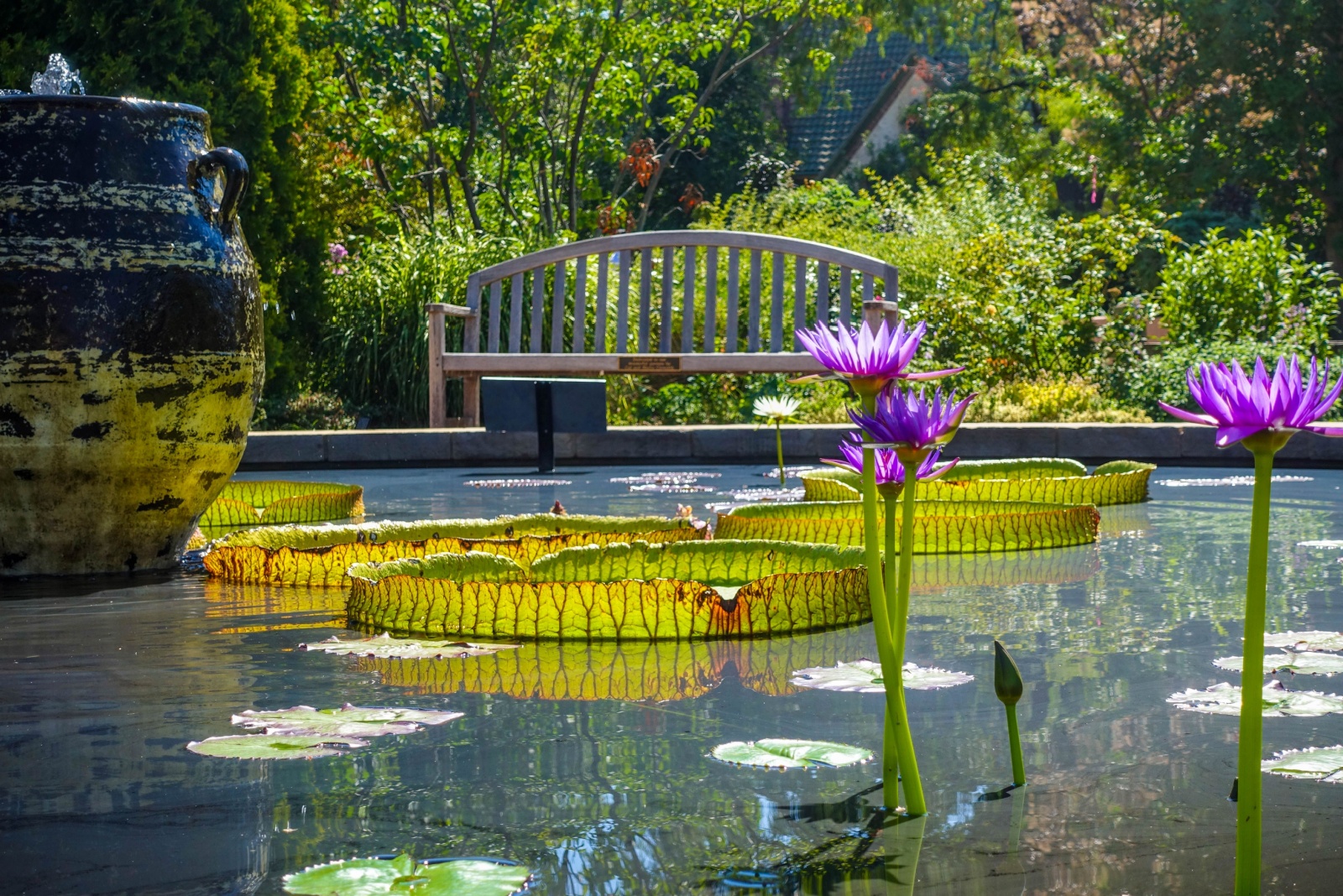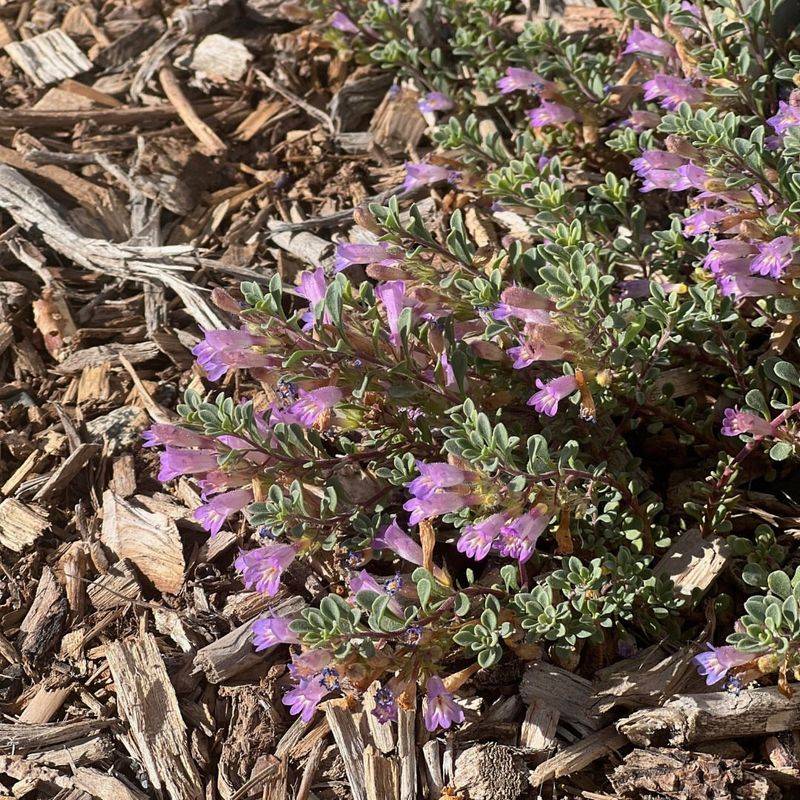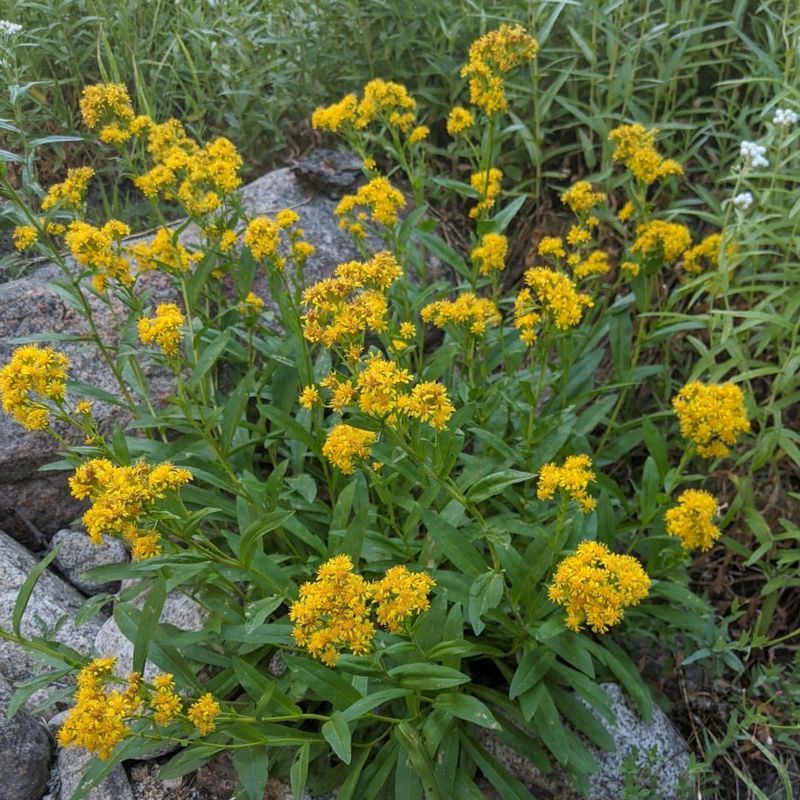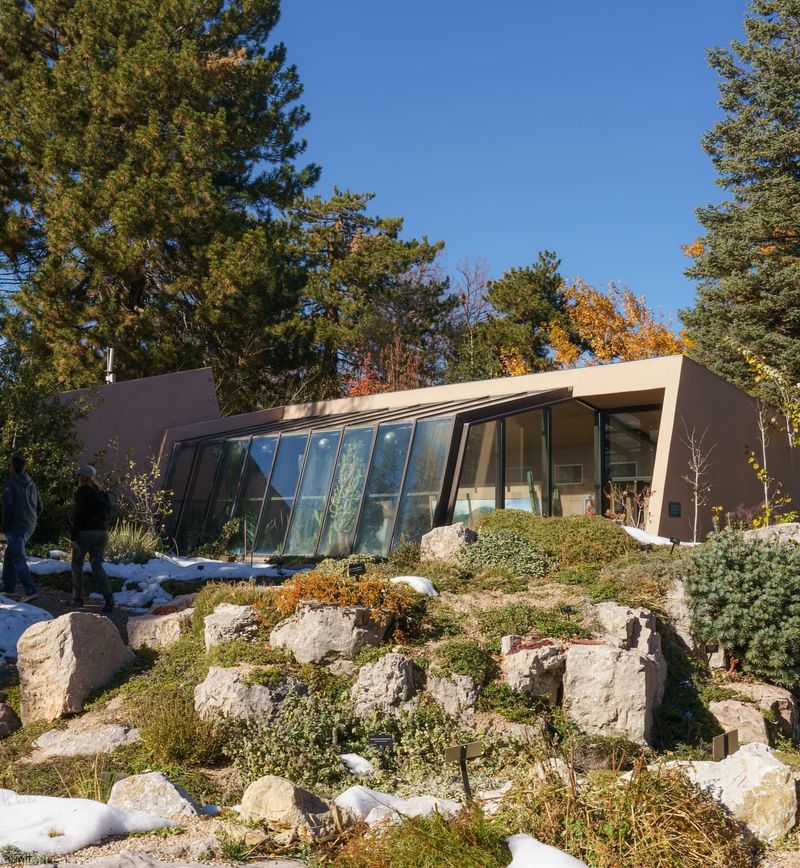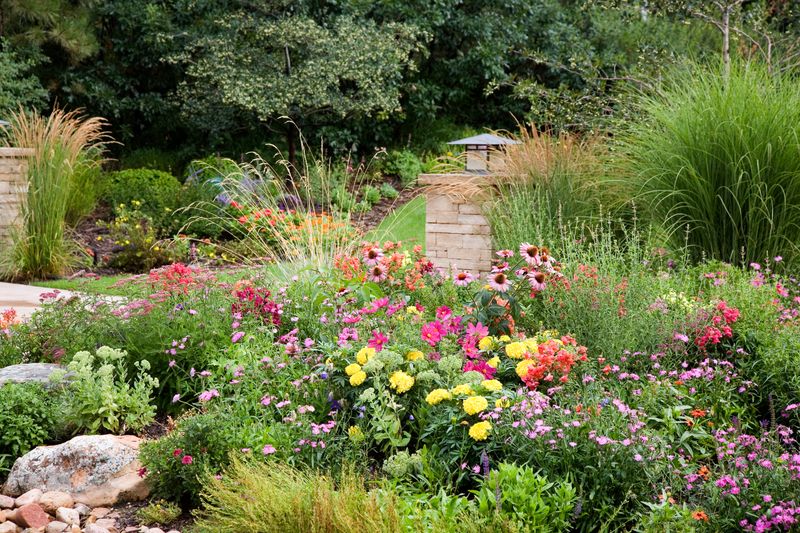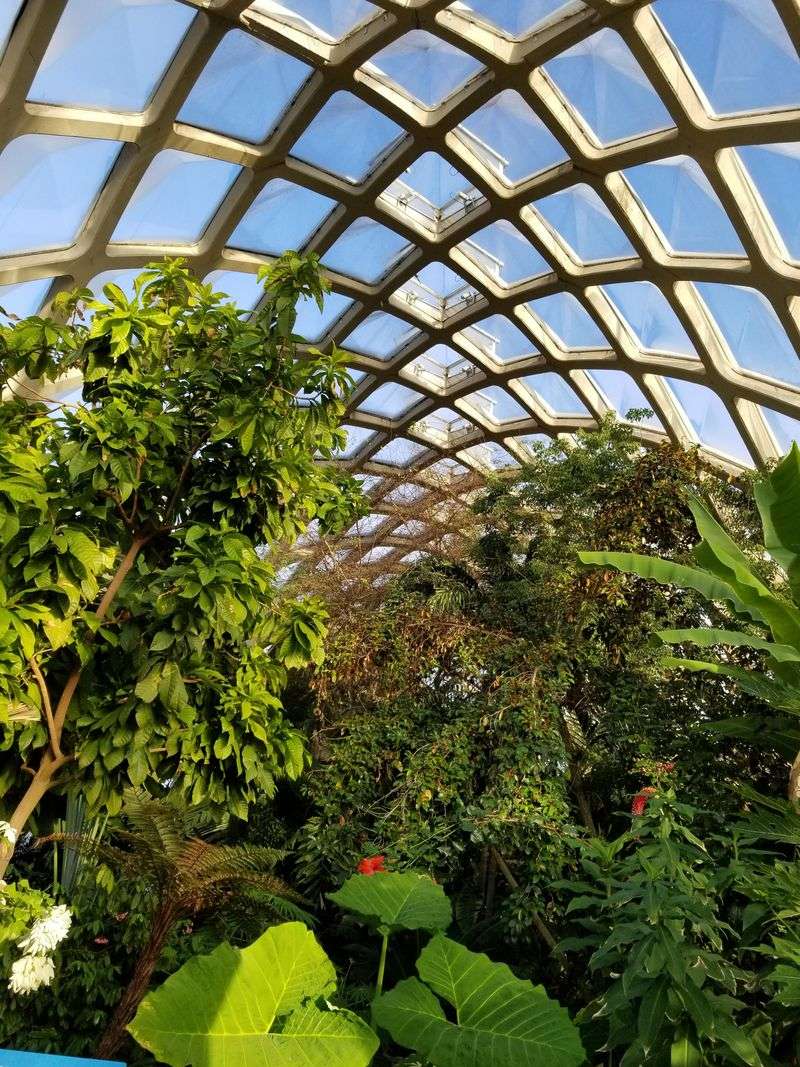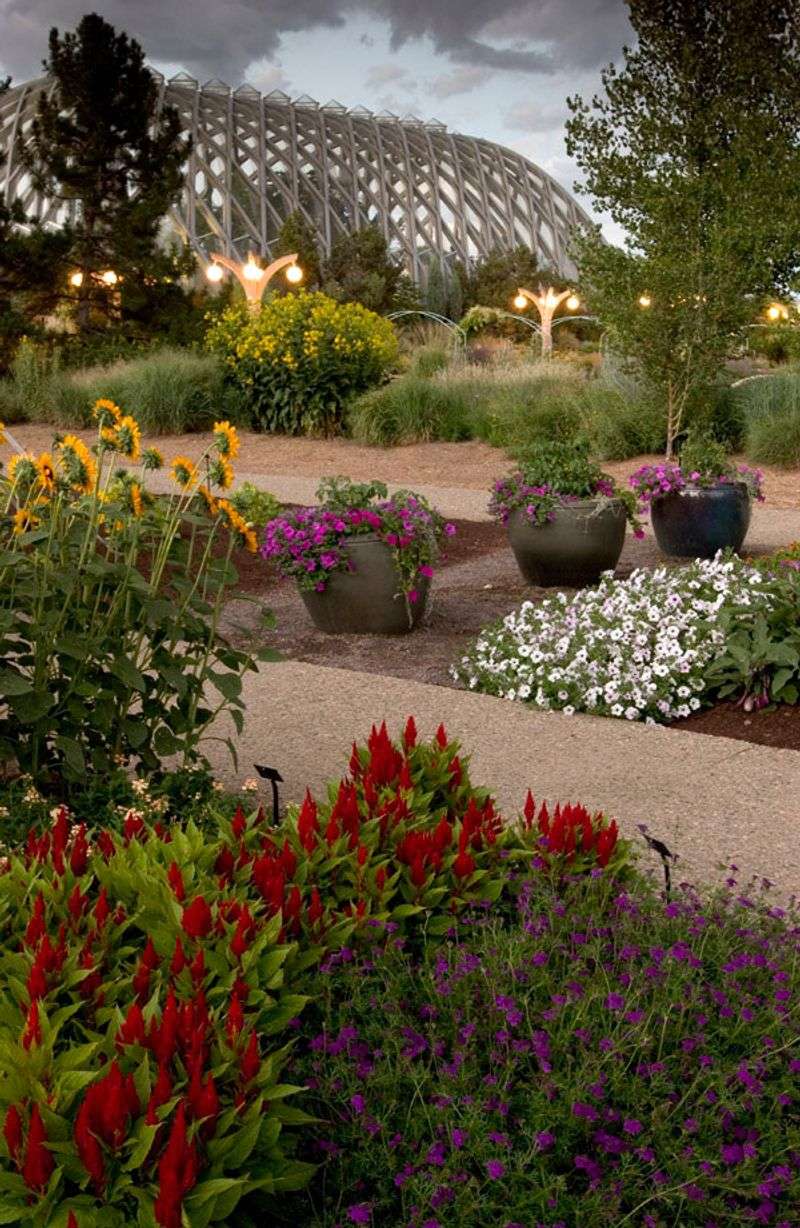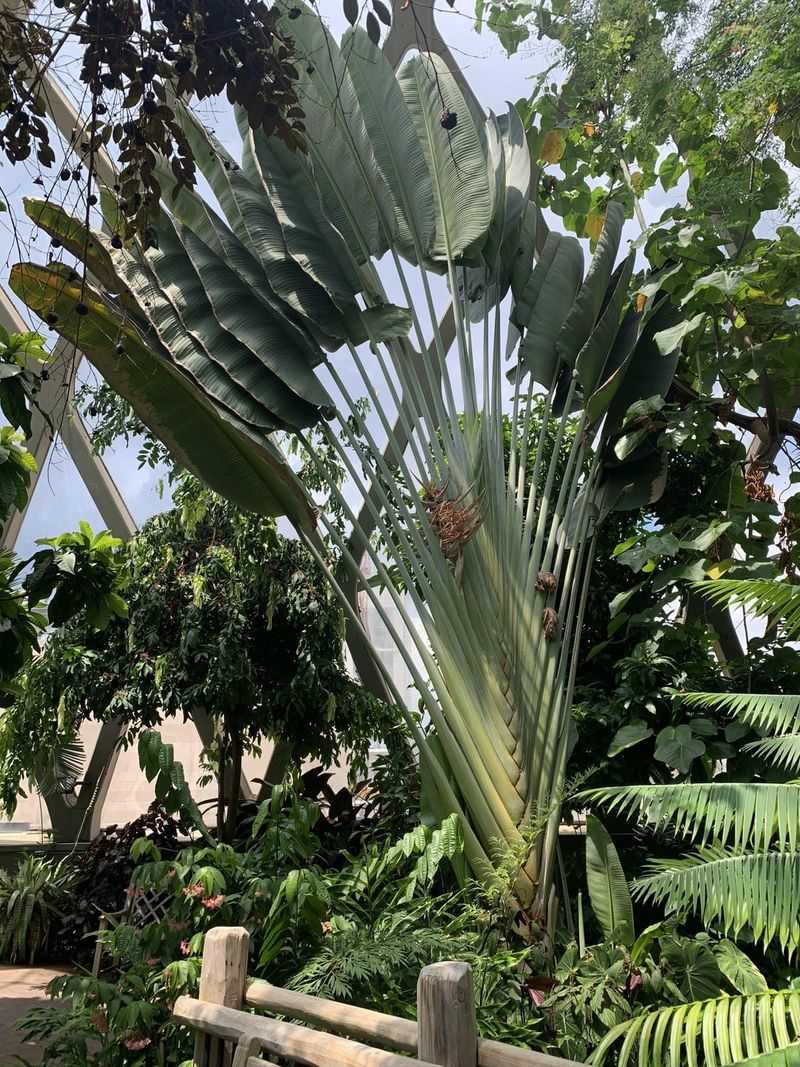The Denver Botanic Gardens stand as a remarkable testament to horticultural innovation at 5,280 feet above sea level. Located in Colorado’s challenging high-altitude environment, these gardens overcome thin air, intense sunlight, and dramatic temperature fluctuations that would stress most plant collections.
When I visited last spring, I was struck by how the gardens have transformed these altitude challenges into opportunities for specialized cultivation techniques. The 24-acre urban oasis showcases thousands of plant species that not only survive but flourish in conditions many would consider hostile.
Despite Denver’s shortened growing season and unpredictable weather patterns, the gardens remain lush year-round. The success stems from decades of research, adaptive strategies, and thoughtful design that work with, rather than against, the unique high-elevation conditions of the Mile High City.
1. Specialized Plant Selection For Altitude
The gardens’ collection features plants naturally adapted to high-elevation conditions from similar regions worldwide. Staff botanists have spent decades identifying species that handle intense UV radiation and temperature swings.
During my tour, the guide pointed out how many plants display modified leaf structures—smaller, waxy, or silvery foliage that reflects harsh sunlight. These adaptations minimize water loss through transpiration.
Beyond just surviving, many of these specialized plants actually require the unique conditions that Denver provides, making the gardens a perfect showcase for high-altitude horticulture success stories.
2. Soil Strategies That Support Growth
Engineers at the gardens have developed custom soil mixtures that retain moisture while providing excellent drainage—crucial in a climate with just 15 inches of annual precipitation. These soil blends incorporate local materials with imported amendments.
The gardening team employs extensive mulching techniques to insulate plant roots from temperature extremes. This practice helps maintain soil moisture during hot, dry periods while protecting roots from cold snaps.
Soil testing occurs continuously throughout the gardens, with staff adjusting pH levels and nutrient profiles for each garden section based on the specific needs of plant communities.
3. Innovative Water Management Systems
Water conservation stands at the core of the gardens’ operations, with computerized irrigation systems delivering precise amounts of moisture directly to root zones. These systems adjust automatically based on weather conditions, soil moisture readings, and plant needs.
Rainwater harvesting structures throughout the property capture precious precipitation. The gardens’ signature water-smart approach includes strategically placed bioswales that slow runoff and allow water to percolate into the soil.
My favorite discovery was the underground cistern system that stores thousands of gallons of water for use during dry periods, making the gardens nearly self-sufficient during normal precipitation years.
4. Microclimates Created Within The Gardens
Strategic landscape design creates protected pockets throughout the gardens where more sensitive plants thrive. Stone walls, berms, and carefully positioned structures block harsh winds while retaining heat.
Walking through the Japanese Garden section, I noticed how the pond moderates temperatures for nearby plants. Water features throughout the gardens serve this dual purpose of beauty and microclimate creation.
Tall trees and dense plantings create shade corridors that protect understory plants from intense midday sun, effectively lowering temperatures by up to 15 degrees in these protected areas.
5. Seasonal Plant Rotations And Displays
Garden staff implement a sophisticated rotation schedule that ensures visual interest throughout Denver’s distinct seasons. Behind-the-scenes greenhouses nurture thousands of plants being prepared for display at precisely timed intervals.
Cold frames and protective structures allow for early starts on spring plantings. These techniques effectively extend the growing season by nearly two months on either end of summer.
The gardens’ signature seasonal transitions happen almost overnight, with staff working before dawn to swap thousands of plants. This creates the illusion of effortless beauty while actually representing intense horticultural choreography.
6. Research-Driven Adaptation Techniques
Ongoing research partnerships with universities and botanical institutions worldwide inform the gardens’ practices. Staff horticulturists conduct experiments with new varieties and techniques specifically for high-altitude challenges.
The gardens maintain detailed records of plant performance dating back decades. This institutional knowledge allows for continuous refinement of growing methods and informs climate change adaptation strategies.
Laboratory facilities on-site enable immediate analysis of plant health issues. This rapid-response capability helps staff address problems before they affect the broader collection, maintaining the gardens’ pristine appearance year-round.
7. Community Education On Altitude Gardening
Classes offered year-round teach local residents how to apply the gardens’ high-altitude techniques in home landscapes. These popular workshops consistently sell out as Coloradans seek to create sustainable gardens in challenging conditions.
The gardens publish region-specific planting guides that have become essential resources for Rocky Mountain gardeners. Their plant finder database allows visitors to search for species proven successful at elevation.
School programs bring thousands of children annually to learn about ecological adaptation. Many visitors told me they first discovered their love of gardening through these educational initiatives that make high-altitude horticulture accessible to everyone.

